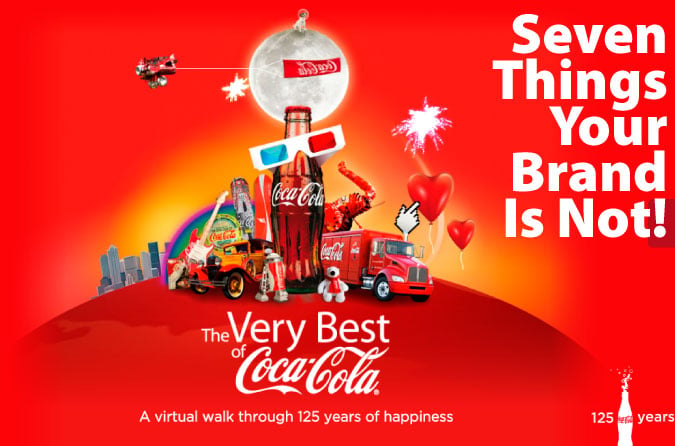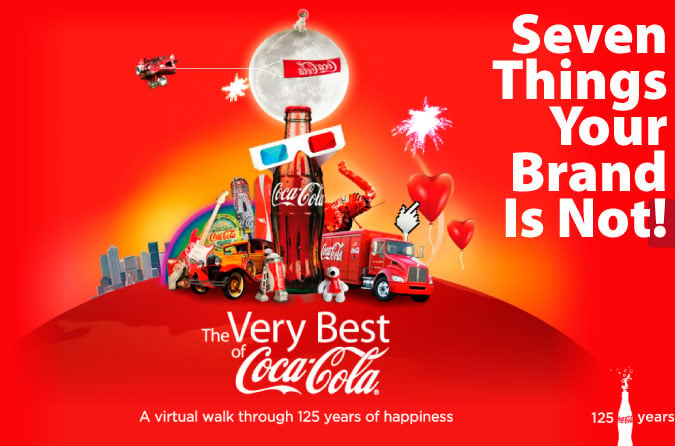How to Use Your Core Values to Inspire, Retain, and Energize Your Team
For the last few decades, but especially so in recent years, people are seeking out more than just an income from their place of employment. More...


Brand and branding are terms you hear used and misused daily in marketing and advertising. Once terms used only by those working in the field or by business people in large corporations, it’s now commonplace to hear in everyday conversations: “My favorite brand is…” or “XYZ has a really good brand.” Perhaps it began with the popularity of Mad Men on TV, or maybe the proliferation of new technologies and media channels, but misuse and confusion about brand terms keeps growing. Yet as a business owner or nonprofit manager, you want to understand exactly what you’re paying for when buying a brand property or branding your product or services for growth. Let’s look at two things a brand is, and seven things a brand is not.
A brand is a collection of perceptions in the mind of the customer, the sum total of the entire customer experience. A brand is what your customers think of you and a reflection of everything you do: the way you send emails, your website, your Tweets, how you describe your business, and the logo on your business cards. It’s a complex mixture of experiences, feelings and personalities that (ideally) have made your customers love your company.
Branding is the process of using multiple tools to introduce the brand message to your customers, gain awareness, build preference, and invite them to create a consistently positive customer experience with your brand.
With clarity on the terms brand and branding, you are in a much better place to evaluate your options. If you are a new organization or startup company, spending everything on a logo design without adequate market research and position planning is unwise. On the other hand, if your organization or company has been around for a while it is even more important to begin a re-positioning or re-branding process with where you are now:
If you are looking to buy a brand, your investment due diligence will include answering these same questions, among many others.
It is easy to be seduced by the excitement of diving into designing a brand graphic identity, but whether you’re a start-up or a veteran business owner, research and pre-planning first will go a long way toward ensuring yours is a brand your customers will love.
The Experience Effect: Engage Your Customers with a Consistent and Memorable Brand Experience by Jim Joseph [Amazon. Non-affiliate link]
2017 Best Global Brands [Interbrand] http://interbrand.com/best-brands/best-global-brands/2017/
Apple Tops List Of Interbrand's Best 100 Global Brands, Forbes
Facebook, Amazon Get Most Social Media Love, MediaPost

For the last few decades, but especially so in recent years, people are seeking out more than just an income from their place of employment. More...

You know nonprofit organizations need websites just as small businesses do, but you may be surprised to learn nonprofit sites can be more complex and...

In today’s rapidly evolving media landscape, understanding where and how your story is told isn’t just strategic—it’s essential. How you communicate...